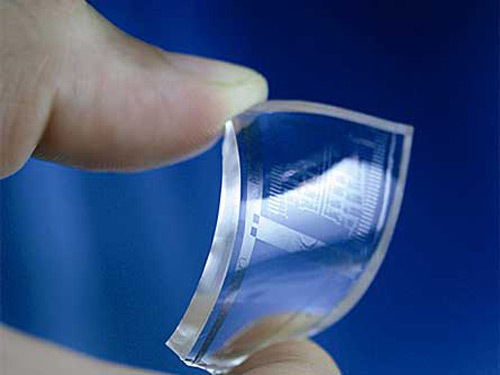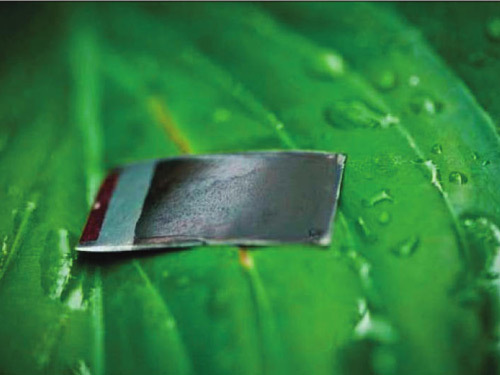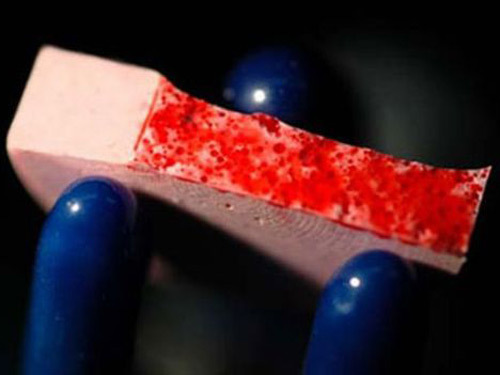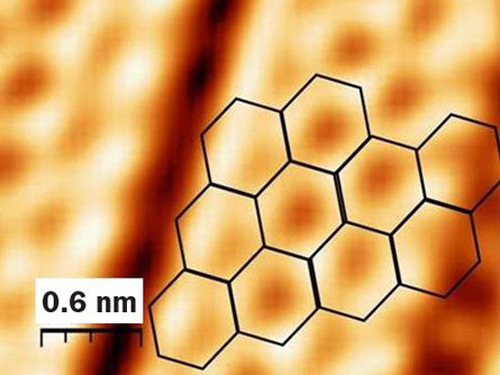5 materials that could change the world
From cotton-thin body armour and self-healing plastics, to bendable screens and robot leaves – the future of materials looks tangibly tantalising
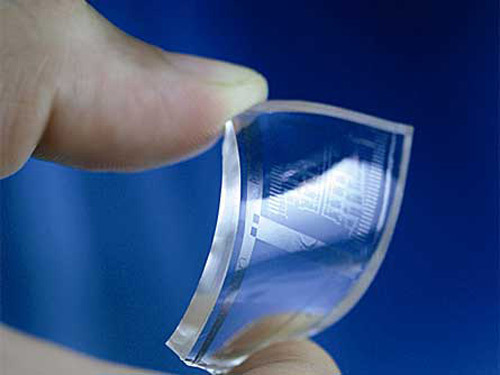
Graphene
Discovered in 2004, graphene was hailed as the world’s thinnest, strongest and most conductive material – winning its discoverers Nobel Prizes for Physics. It’s tipped to replace silicon in chips, and soon. What took so long? Layering it with boron nitrate for a four-layered structure that made the graphene act in isolation. That means we may soon enjoy bendy touch screens and computers, lighter aircraft, wallpaper thin HDTVs and superfast internet connections. And that’s just the start.
Nickel-molybdenum-zinc
Even in compound terms, nikel-molybdenum-zinc needs a new name, but it’s on the cusp of making artificial leaves an affordable reality. The leaves, which split water into hydrogen and oxygen, have previously relied on expensive materials like platinum. The robo-leaves could lead to mass production that will provide a supply of hydrogen for electric fuel – and a future with a steady sustainable energy supply.
Self-healing plastic
This plastic, which “bleeds” red then heals itself with light, is being hailed as the Holy Grail of materials. The plastic could be developed for use in self-healing cars, planes and bridges. Oh, and gadgets. RIP insurance?
Spider silk
Now that scientists have genetically modified silkworms, those prolific thread producers, to make threads as strong as spider silk, there’s plenty for everyone. That means spinning garments that are, by weight, ten times stronger than Kevlar. Or – looking at it the other way around – we could soon have thin jumpers that can withstand gunshots. Finally the, ahem, weigh-up between heavy armour and agility won’t be a factor as police and soldiers can remain light and flexible with armour strong enough to withstand a stabbing or close-range shotgun blast. Predictably, we’re waiting for the version in Spider-Man red and blue.
Silicene
Graphene’s hardly got its foot on the ladder, yet scientists have already discovered something better: silicene. This is a version of silicon that can be made into a sheet just one atom thick. Silicene, made by condensing a silicon vapour onto a silver plate, may be better than graphene for smaller and cheaper electronic devices because it can be integrated more easily into silicon chip production lines.
HP Envy 14 Spectre video review
New video! Renault Twizy test drive
Nokia Lumia 900 releases early
